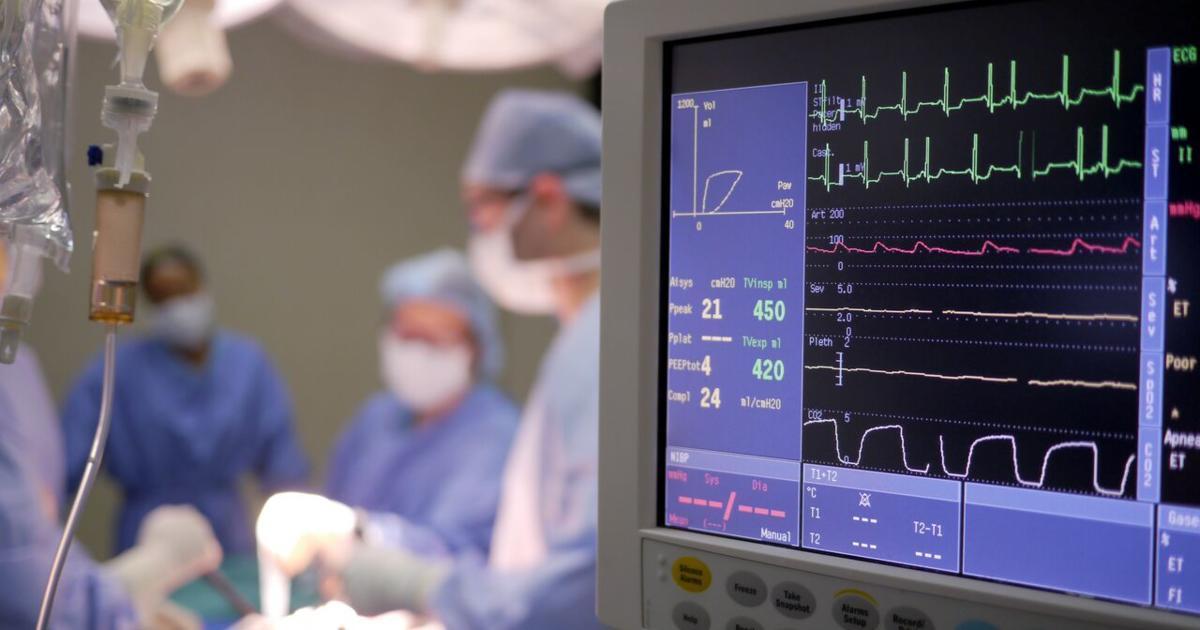Ways To Treat Respiratory Depression
Respiratory depression, also known as respiratory insufficiency and respiratory suppression, is a condition characterized by a reduction in the ability to inhale and exhale normally. As a result, the patient's breathing rate and depth of breathing are both lower than they should be, and they will take breaths that are not deep enough. The patient will also breathe more slowly than normal. This is known as hypoventilation, and it leads to reduced blood oxygen levels and elevated carbon dioxide in the body. Mild symptoms of respiratory depression typically include fatigue, shortness of breath, depression, and daytime sleepiness. More severe symptoms include headaches, seizures, and confusion. Patients may also present with blue-tinged lips, feet, or fingers. Respiratory depression can be caused by sleep apnea, severe obesity, chest wall deformities, brain injuries, and chronic lung disease. Some narcotic pain relievers and sedatives may cause or increase the risk of respiratory insufficiency. To diagnose this condition, doctors will check a patient's blood oxygen levels using a pulse oximeter. Other diagnostic tests include chest x-rays, lung function tests, hemoglobin tests, and sleep studies.
The treatments described below may be advised for patients with respiratory depression.
Corrective Surgery

Corrective surgery to fix a chest wall deformity may resolve symptoms of respiratory depression. Two of the most common types of chest wall deformities are pectus excavatum and pectus carinatum. In pectus excavatum (funnel chest), the chest has a sunken appearance, and the breastbone pushes inwards. This condition is more common in males, and it affects an estimated one out of every three or four hundred individuals. Pectus carinatum (pigeon chest) occurs when both the ribs and breastbone protrude. While both sides of the chest may protrude, sometimes one side may protrude more than the other. Pectus carinatum is also more common in males, and it affects approximately one out of every 1,500 individuals. Some patients with these conditions may be asymptomatic, and others might develop breathing difficulties, asthma, or frequent respiratory infections. If surgery is recommended, doctors normally wait to perform the procedure until a child has reached adolescence and has gone through most of their growth spurts. This reduces the chance of recurrence. Corrective surgeries for chest wall issues are performed with general anesthesia.
Learn more about treatment options for respiratory depression now.